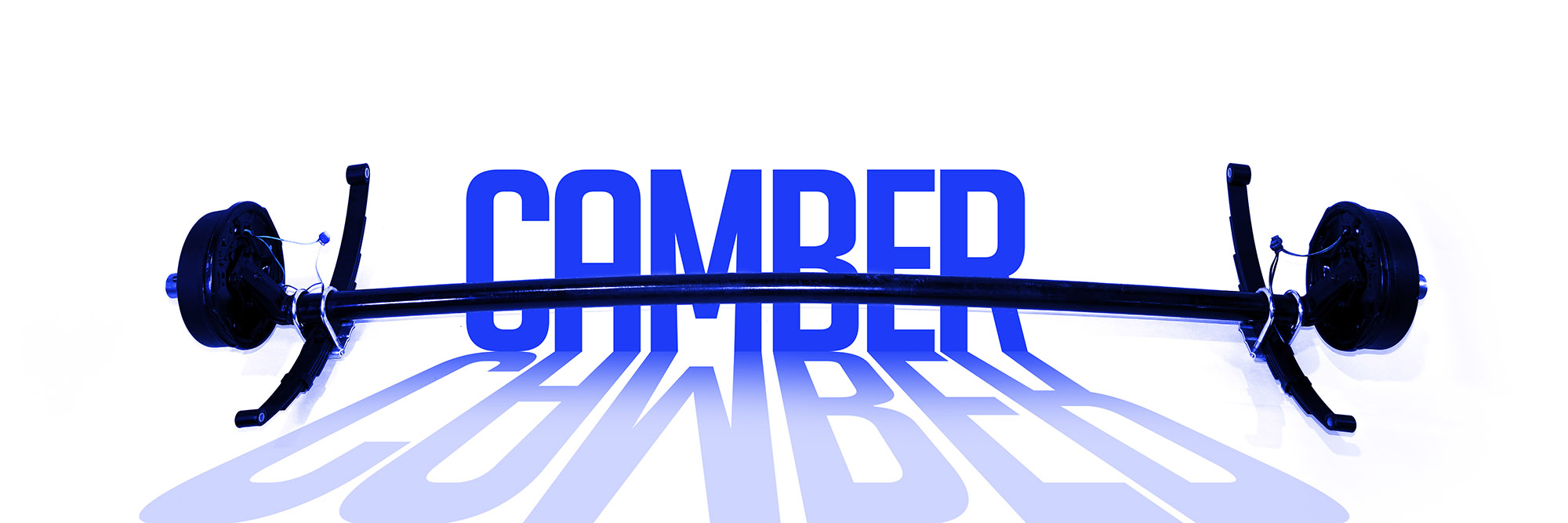Axle Camber: A Crucial Component for Trailer Stability
When it comes to trailers, one of the key considerations for optimal performance and longevity is the axle camber. Camber, an industry term, refers to the intentional bend incorporated into the axle during the manufacturing process. This bend plays a vital role in maintaining proper alignment and tire wear, ensuring safety and efficiency while towing.
What is Axle Camber?
The primary purpose of camber is to align the top of the tires slightly outward. As the weight of the loaded trailer bears down on the axle, the camber’s bend brings the tires into a straight up and down position. This alignment distributes the weight evenly across the tires, reducing instances of uneven tire wear.
Understanding the significance of axle camber
Understanding the significance of axle camber is crucial for trailer owners and enthusiasts alike. When browsing through options for trailers, it is essential to consider the axle camber configurations available. Typically, three options are offered for axle camber: no camber, half camber, and full camber.
Different Types of Camber
Trailer axles come in two different designs: straight or cambered (bowed up in the middle). A trailer axle should never sag or bow downward in the center. Each design serves a specific type of trailer. Cambered axles, which have an upward bend in the center, are typically used on heavy-duty trailers that carry large loads.
There are two types of camber found in trailer axles. The first, half camber, features a ½″ to 1″ bend in the center. When weight is added to the trailer, the axle flattens, allowing the tires to wear evenly and last longer. Once the load is removed, the axle returns to its original angle.
Without a load, the tires on a half-cambered axle sit slightly on their outside edges. While this might seem like a problem, it has minimal impact on tire wear when the trailer is unloaded.
The second type, full camber, is used on trailers that carry consistent weight, such as woodchipper trailers, generator trailers, and pump trailers. These axles are built to withstand constant loads, extending the lifespan of both the axle and the tires.
The last design is a straight axle with no camber. These axles are best for light-duty trailers that don’t experience heavy loads. Without a camber bend, the tires maintain even contact with the road, maximizing their lifespan.
Proper Axle Camber
Proper camber, including selecting the appropriate configuration, should be an integral part of any trailer maintenance routine. Regular inspections, particularly before long trips or when hauling heavy loads, are crucial. It is essential to ensure that the camber aligns with the manufacturer’s recommended specifications, as this will help preserve tire life and optimize the trailer’s performance.
Why the Blueswift Team Calls to Confirm
Our team knows that axle camber is vital for maintaining stability, promoting even tire wear, and ensuring overall trailer safety. Understanding the significance of axle camber and choosing the right configuration for your specific towing needs will contribute to worry-free and efficient towing experiences for years to come. Speak with an expert at BlueSwift today to find the right camber for your needs.
See what customers are saying about our service.
Ready to order? Get a free quote
Trailer Axle Components Video: Differences Between Torsion and Spring Axles
Torsion vs. Spring Axles — Which Type of Axle Should You Buy?
